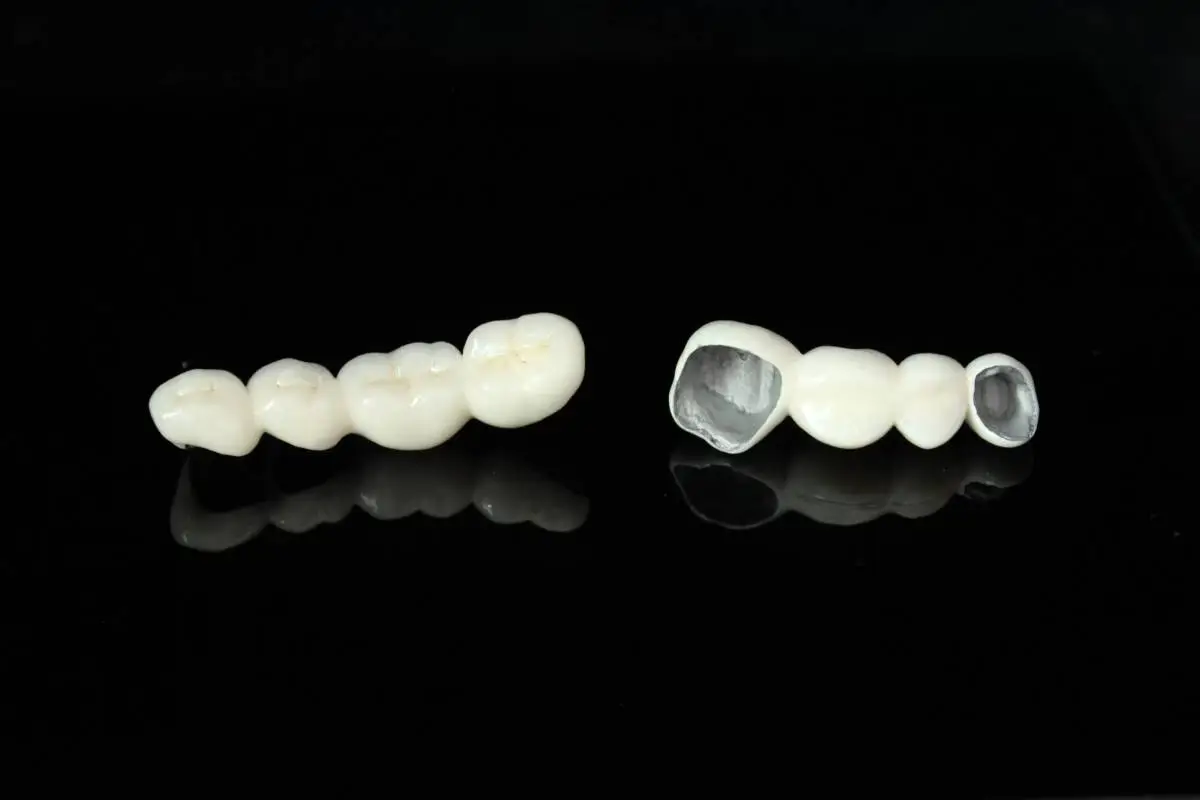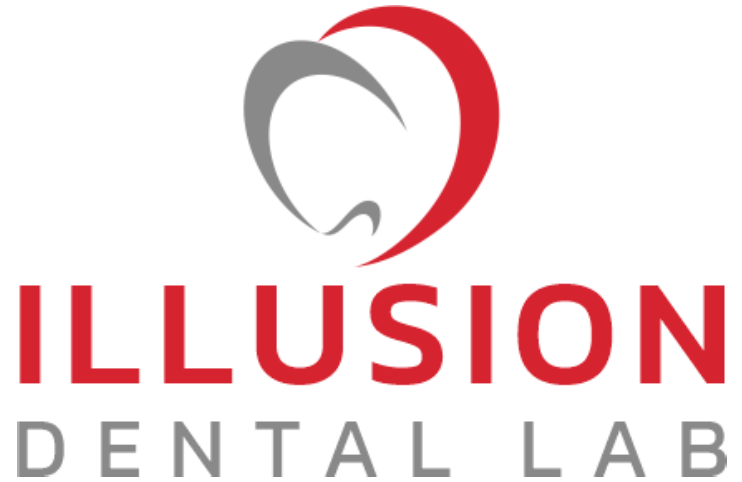Blog Details
PFM Crown - Porcelain Fused to Metal

Porcelain fused to metal or PFM crowns have been in practice in dentistry for a long time. PFM crowns have been pivotal in dental restorations with their unique features, affordable pricing and sustainability. Let's discuss the fabrication of these crowns, their value, and why patients should consider using them.
Both patients and dentists can make well-informed choices that put quality and patient satisfaction first by being aware of the features, price and value of PFM crowns.
Fabrication of PFM crowns
Fabricating PFM crowns requires adhering to specific guidelines to ensure success. These recommendations cover the preparation of the teeth, choosing a shade, and effective communication with the dental laboratory. The main topics of tooth preparation guidelines are proper reduction, correct margin placement, and occlusal considerations unique to PFM crowns.
The following provides a comprehensive explanation of the process:
- 1. Preparation of the Tooth: The tooth that will receive the PFM crown must first be prepared. The dentist will prepare the crown while checking for any decayed and damaged areas. Teeth are typically narrowed and shrunk in size to make room for the metal substructure and porcelain layer.
- 2. Taking an impression: After tooth preparation, a dental impression material is used to take an impression of the prepared tooth and any nearby teeth. The dental laboratory will use this impression of the tooth and its surroundings to create the crown.
- 3. Shade matching: The dental lab technician and the patient's dentist will collaborate to find the porcelain shade that most closely resembles their natural teeth. This step is essential to ensuring that the final crown blends seamlessly with the neighbouring teeth, giving the appearance of a natural smile.
- 4. Fabrication of the Metal Substructure: The dental technician fabricates the PFM crown's metal substructure in the dental laboratory. The metal alloy is milled to match the shape and dimensions of the prepared tooth. The used metal alloy is strong enough to support the porcelain structurally while being biocompatible.
- 5. Application of Porcelain Layer:A porcelain layer is put on top after the metal substructure is constructed. The dental technician carefully builds the porcelain layer to give the final crown the desired shape and contour. It requires great attention and skill to achieve a natural appearance and a proper bite alignment by assessing every detail.
- 6. Firing and Glazing:The crown is fired in a specialised dental oven after applying the porcelain layer to bond the porcelain to the metal substructure. During this firing process, the porcelain is strengthened and given a smooth, glossy surface. The desired surface structure and shine can be achieved by glazing as well.
- 7. Final adjustments and Polishing:After the PFM crown has been created, it is returned to the dentist for any necessary inspections and polishing. Before cementing the crown onto the prepared tooth, the dentist examines it for fit, bite, and aesthetics and makes any necessary adjustments. The crown is then polished to produce a natural look.
- 8. Cementing:Dental cement helps permanently cement the PFM crown to the prepared tooth. The cementation process creates a solid and long-lasting bond between the crown and tooth.
The fabrication process depends on proper collaboration and communication between the dentist and the lab. In addition, the dentist must guide the patient about the shading and other details to acquire a perfect fit, aesthetics, and functionality of the final restoration.
Materials used for PFM Crown:
PFM crowns depend significantly on material selection. PFM crowns should have a sturdy, biocompatible metal alloy as their base material. Alloys are frequently used and can be made of noble metals (like gold, platinum or palladium) or non-noble alloys (like nickel, chromium and cobalt). Non-noble alloys are typically less expensive than high noble and noble metals. However, some patients might be allergic to or sensitive to some base metals, hence patient preferences must be considered appropriately. Dentists must consider the patient's unique requirements when selecting the metal alloy, including any potential allergies or sensitivities. The dental porcelain should be of a unique quality that offers PFM crowns should be made of dental porcelain that looks natural and has excellent aesthetics. Communication with the dental laboratory is crucial to choose a porcelain that matches the shade and translucency required for the desired aesthetic result. The permanent cementation of the PFM crown onto the prepared tooth requires a suitable dental cement, which brings us to our final requirement. The permanent cementation of the PFM crown onto the prepared tooth requires a suitable dental cement, which brings us to our final requirement. Factors like strength, durability and compatibility with the metal alloy and tooth structure should be considered when choosing dental cement.
Role of a Dental Laboratory
The successful fabrication of PFM crowns depends on cooperation with trustworthy sources. Dental laboratories are essential to creating PFM crowns, so working with facilities with a good reputation and expertise is crucial. It's essential to pick a laboratory with a reputation for providing high-quality restorations and dependable customer service. Illusion Dental Lab is one of the most reliable labs offering PFM crowns made with premium quality materials like metal alloys, dental porcelain, and dental cement. They also provide educational resources, product information, technical support, and support for their products. All of these things help customers make the best material choices.
Considering the value and cost of PFM crown:
PFM crowns are comparatively reasonable and cost-effective compared to all ceramic and zirconia crowns. The cost of PFM crowns may vary depending upon the dentist fee, manufacturing lab, location and other factors. PFM crowns are dependable for restoring broken teeth because they are strong, long-lasting, and attractive. They offer a long-term solution and have the potential to prevent additional therapies or replacements. Due to good strength and aesthetics, these crowns can be used to restore the anterior and posterior teeth. These crowns are reliable and able to meet the needs of a variety of clinical scenarios.
Dental Crown Types and Functionality:
| Requirement | PFM Crowns | All-Ceramic Crowns | Zirconia Crowns |
| Strength and Durability | High strength and durability | Moderate strength and durability | High strength and durability |
| Aesthetic Appeal | Somewhat natural-looking with porcelain layer masking metal | Excellent aesthetics | Natural-looking with excellent aesthetics |
| Metal Visibility | Visible metal margin in cases of gum recession | No metal visibility | No metal visibility |
| Allergies and Sensitivities | Metal allergies or sensitivities in some cases | No metal allergies or sensitivities | No metal allergies or sensitivities |
| Thickness | Slightly thicker than all-ceramic crowns | Comparable thickness to PFM crowns | Slightly thicker than all-ceramic crowns |
| Tooth preparation | Could result in more deterioration of opposing teeth. | Minimal wear on opposing teeth | Minimal wear on opposing teeth |
| Cost | More cost-effective compared to all-ceramic crowns | Moderately priced than PFM crowns | More expensive than PFM crowns but lasts longer |





